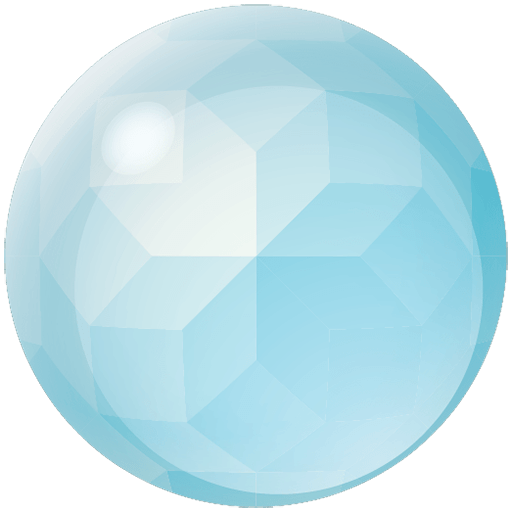No products in the cart.
WATSU Aquatic Bodywork – therapy and rehabilitation in water
When applied in water, the Japanese shiatsu massage technique gained a new term: Watsu. Its creator was Harold Dull, an American poet and professor of literature who, in the 1980s, became interested in Zen Shiatsu and later applied it to water, in the environment of the natural hot springs of Harbin, California. In one of the books he wrote on the subject he says that they are “poems written in water”. And thus WATSU was born. An aquatic therapy indicated for relaxation and rehabilitation.
The feeling of having your body floating in hot water is already very calming. If we combine this with a series of muscle stretches, effortless bends and twists, the benefits are even greater. When developing this method, both Harold Dull (who in the meantime founded the Worldwide Aquatic Bodywork Association – WABA) and the therapists who followed him realized that watsu brought relief not only for physical pain but also for the mental state of fatigue or stress. This holistic view taken to the aquatic universe has countless possibilities. His school in Harbin was responsible for training several therapists for the physical, neurological and psychological rehabilitation of hundreds of people.
The watsu method started by Harold Dull was developed and multiplied by different practices that exist today. There are so many that at a certain point it becomes complex to differentiate them if we do not investigate the variations of movements in each one. However, the fundamental thing to remember is that they are all based on the same principle: a body made to float effortlessly in hot water (ideally at 35º, although some prefer “wilder” waters), reaches a state of incomparable freedom and relaxation. , bringing countless benefits to those who live the experience. The purpose is always to create well-being through the fluidity, silence and non-gravity that exists when we float.


